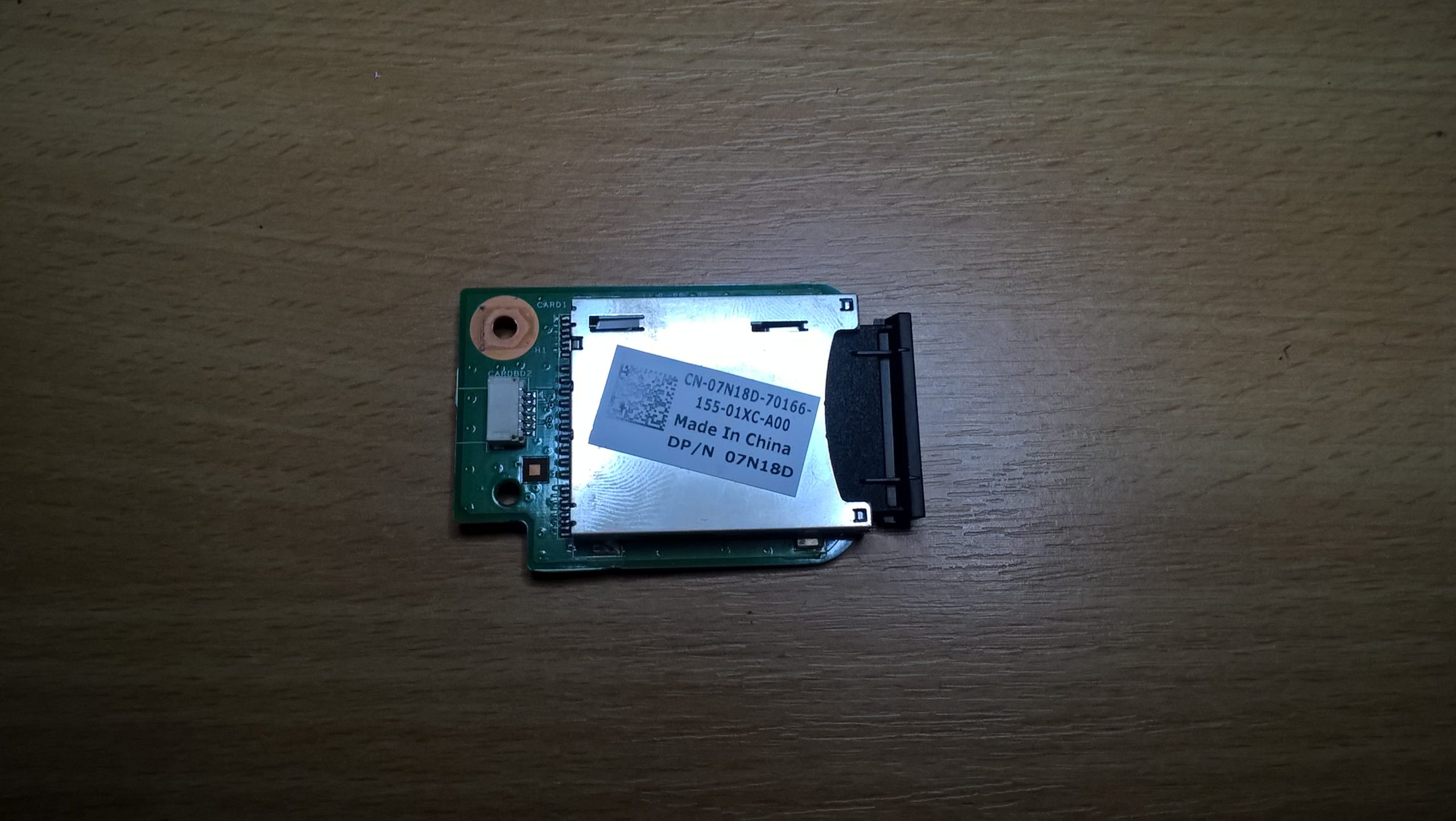A Cautionary Tale: Navigating the Aftermath of a Cyberattack
Introduction
In today’s digital landscape, security breaches and cyberattacks have become alarmingly common. Recently, I experienced a chilling incident that underscored just how vulnerable we can be. Here’s a detailed account of what happened, the chaos that ensued, and some proactive steps to mitigate such risks in the future.
The Start of the Nightmare
Just last night, I made the seemingly harmless decision to download a free application. Little did I know, this choice would open the floodgates to a host of cyber troubles. Upon awakening the following morning, I discovered that my web browser was under continuous attack. It was clear that unfamiliar programs had infiltrated my computer, appearing unexpectedly on my C drive.
In an effort to regain control, I immediately launched several security tools, including Windows Defender, Malwarebytes, and CCleaner. Unfortunately, these programs didn’t catch everything, leaving my system still in disarray.
The Alarming Alerts
To add to the chaos, I received a notification from PayPal indicating that two $1,700 gift cards had been transferred to an individual I did not recognize. I swiftly initiated a claim to reverse the transactions, but finding myself locked out of my PayPal account, even after changing my password, added to my frustration. A call to their customer service has been placed, but the uncertainty remains daunting.
Just when I thought things couldn’t get worse, I discovered that someone had tampered with my T-Mobile account, though I managed to secure it. Furthermore, an unauthorized attempt was made to access my U.S. government account.
Seeking Solutions and Guidance
At this point, I’m feeling overwhelmed and uncertain about the steps I should take to prevent further damage. The extent of information accessible to cybercriminals is startling, and I worry that they could still be extracting sensitive data as I focus on addressing the situation.
What Can You Do?
-
Immediate Action: Change passwords for all your critical accounts, especially financial and email accounts. Enable two-factor authentication where possible.
-
Run Comprehensive Scans: Utilize multiple security tools, as one program may not catch every threat. Consider antivirus software and dedicated malware removal tools.
-
Monitor Accounts Closely: Keep a vigilant eye on any unusual activity in your financial transactions and personal accounts. Report any discrepancies immediately.
-
Seek Professional Help
Share this content:




Helpful Tips for Dealing with Account Compromise and Cyberattacks
I’m sorry to hear about the difficulties you’ve experienced. It’s crucial to act quickly to mitigate potential damage and secure your accounts. Here are some additional steps you might consider:
Remember to document all communications and actions